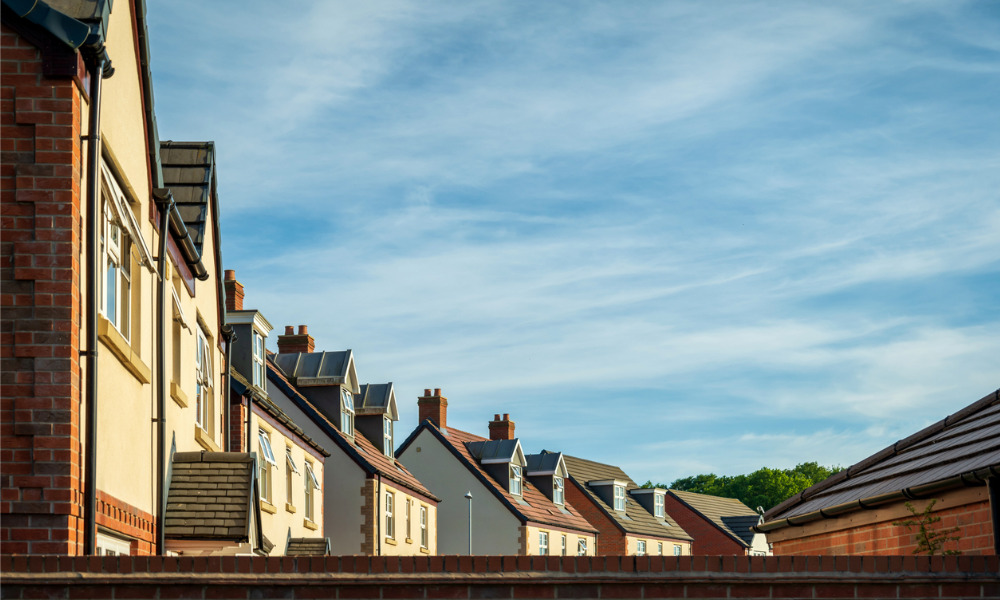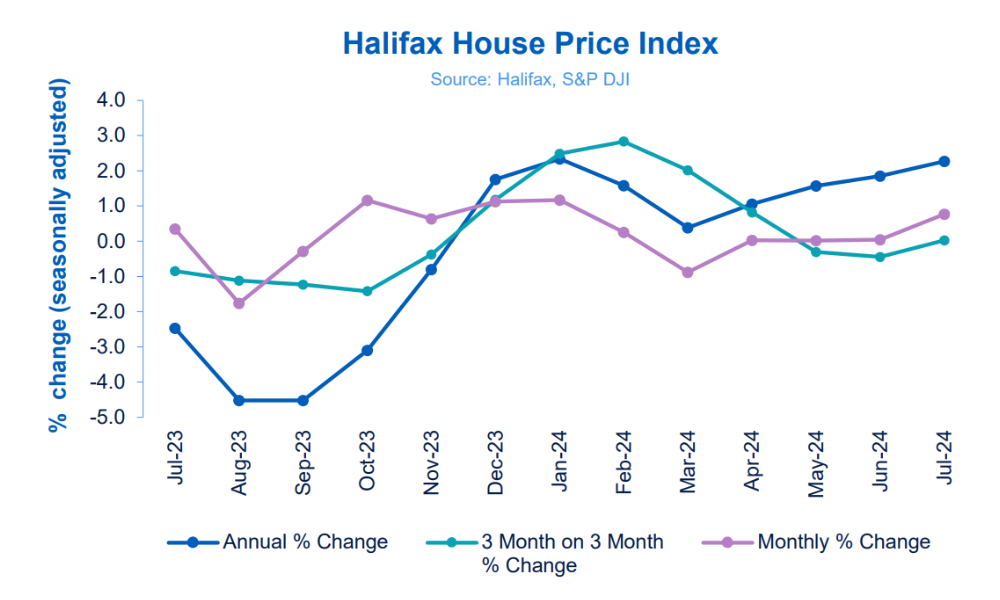Experts weigh in on the impact of the recent base rate cut on the market

UK house prices rose in July after three months of stagnation, marking an annual growth rate of 2.3% – the highest since January, mortgage lender Halifax has reported.
The typical property in the UK now costs £291,268, up by 0.8% from £289,042 in June.
Northern Ireland recorded the strongest annual house price growth of any UK region, with prices increasing by 5.8% in July, up from 4.1% the previous month. This is the highest growth rate in the region since February 2023, bringing the average property price to £195,681.

The latest Halifax House Price Index also revealed robust house price growth in the North West of England, with prices rising by 4.1% year-on-year, bringing the average property price to £232,489. In Wales, prices grew by 3.4% to £221,102, the highest level since October 2022. Scotland saw a more modest increase of 2.1%, with the average home now costing £205,264.
Eastern England was the only region to record a decline, with property prices falling by 0.4% year-on-year to an average of £330,282.
London remains the most expensive area in the UK for property, with average prices reaching £536,052, a 1.2% increase compared to last year.
Commenting on the figures, Amanda Bryden, head of mortgages at Halifax, said the recent Bank of England base rate cut and reductions in mortgage rates are positive signs for those looking to remortgage or enter the property market.
“However, affordability constraints and the lack of available properties continue to pose challenges for prospective homeowners,” she added. “Against the backdrop of lower mortgage rates and potential further base rate reductions, we anticipate house prices to continue a modest upward trend throughout the remainder of this year.”
Sam Mitchell, chief executive of estate agency Purplebricks, said the growing confidence in the housing market in recent weeks had been supercharged by the Bank of England’s interest rate cut.
“With lenders already slashing mortgage rates in response to last week’s decision, buyers are beginning to move ahead with purchasing decisions they have been putting off for months,” he noted.
“However, the rental market is still a complete mess, and there is a significant way to go before the outlook can be said to be as positive for prospective homeowners. The focus for the coming months must be lowering the barriers to homeownership for first-time buyers, which will only be achieved by Labour pushing forward with its plans to ‘get Britain building’.”
Ryan Etchells, chief commercial officer at specialist lender Together, echoed the sentiment that the further rise in house prices reflects strong demand and market confidence, underpinned by the central bank’s decision to cut interest rates to 5% last week.
“Should we see additional rate reductions from the Bank of England in the short to medium term, we expect this will further strengthen demand in the property market,” he added.
“We have been hearing a lot about Labour’s housebuilding plans over their first month in government. They have set an ambitious target of 370,000 new homes a year, including across brownfield, green and grey belt areas, though whether – and where – they can deliver these may continue to be an area of contention.
“The government needs to set out a clear delivery plan to instil further confidence in SME developers, so they press ahead with such large-scale building to create the homes needed across the UK.”
Any thoughts on the latest Halifax House Price Index? Share them with us by leaving a comment in the discussion box at the bottom of the page.



